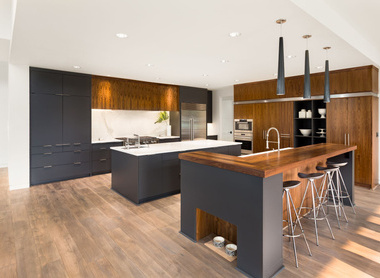Why might I be refused planning permission and what do I do about it?
If your application is refused you have two choices. You can either:
- amend your plans in accordance with the local authority’s reasons for refusal and resubmit; or
- make an appeal, free of charge.
In either case, you need to ascertain the reasons for your refusal in order to move forward in a way that will result in a positive final outcome.
Public consultation
Once you have submitted your application, there will have been a period of ‘public consultation’ lasting between three and eight weeks. During this time, anyone who might be affected by your proposals is consulted. They may raise objections, although these do not always impact the final decision of the case officer in charge of your application.
If, during this period, it looks like your application will be rejected, you have the option to withdraw the application, make changes you think necessary, and resubmit — free of charge (if done within 12 months).
If your application is refused, you will receive a formal notice of refusal, listing the reasons the application has been declined. If there is anything on the notice you don’t understand (planning jargon can be difficult to decipher), you can ask the planning committee or the case officer.
Reasons for refusal vary, but range from your building work being outside the development boundary to it having a negative impact on the surrounding environment. Sometimes, the privacy rights of neighbouring homes are cited as a reason for refusal, or the changes you are making are deemed out-of-keeping with the local street scene.
The appeal process
If you choose to launch an appeal, then it must be lodged within three months. Details of how to appeal are sent out with refusal notices, which usually states which local planning policy your application contravenes — as a result of this, any appeal you lodge must show how this will no longer be the case.
If you decide to stick with your original plans, your appeal should include all the reasons why you think your application should have been granted permission. You must also complete forms that will be sent to you from the council. It can help to use the services of a planning consultant, although you will need to factor in the cost of doing this.
The council must respond within six weeks of your appeal being submitted, after which you have three weeks to respond again. Then a planning inspector will visit your site and give their decision on the appeal within two to six weeks of their visit — appeals can take from around five months.
Resubmitting your application, with an amended set of plans, that take into account the original reasons for refusal, is likely to be more straightforward than the appeals process.






